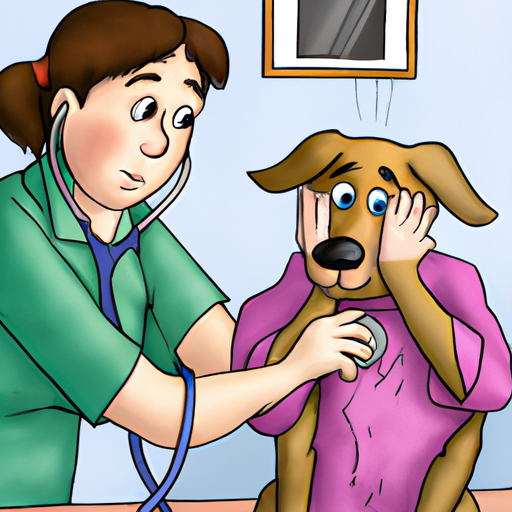It’s never easy to say goodbye to a beloved furry family member, but sometimes, it’s the kindest thing we can do. Euthanasia is a decision often fraught with emotional turmoil and fraught with questions. As a caregiver, you deserve answers. This article aims to shed light on how vets euthanize dogs, the compassionate process behind it, and what to expect during those final moments.
- Table of Contents
- Understanding Euthanasia
- The Euthanasia Process
- Aftercare Options
- Preparing for Euthanasia
-
Frequently Asked Questions
-
Key Takeaways
- Euthanasia is a painless, compassionate process.
- It involves two stages: sedation and the administration of a euthanasia solution.
- Aftercare options include cremation, burial, or memorialization.
- Preparation can help ease the emotional burden of the process.
- The decision to euthanize is deeply personal and should be considered carefully.
Understanding Euthanasia
Canine euthanasia is a medical procedure performed by a trained veterinarian, designed to end a dog’s life in a painless and peaceful way. The term euthanasia comes from the Greek words ‘eu’ meaning good, and ‘thanatos’ meaning death. In essence, it’s a good death, free from suffering and pain. This process is typically considered when a dog is suffering from a terminal illness, debilitating pain, or poor quality of life American Veterinary Medical Association.
The Euthanasia Process
The procedure typically involves two stages. The first is a sedative to relax the dog and relieve any anxiety or discomfort. This is typically administered through an injection into a muscle or vein. Once the sedative has taken effect, the second stage involves the administration of a euthanasia solution, typically an overdose of an anesthetic drug, causing the dog to fall into a deeper sleep and then gently pass away. This is a painless process for the dog. For a more in-depth understanding, check out this comprehensive guide on OneTopDog.
- Sedation: The dog is given a sedative to make them relaxed and comfortable. This can be administered orally, intramuscularly, or intravenously.
- Euthanasia Solution: This is an overdose of anesthetic, usually injected into a vein. This causes the dog to lose consciousness and pass away without experiencing any pain.
Aftercare Options
After the procedure, there are several aftercare options available. These include home burial, cremation, or using the services of a pet memorialization company. Some owners may wish to keep their pet’s ashes in an urn, while others may choose to scatter them in a meaningful place. You can read more about these options here.
Preparing for Euthanasia
The decision to euthanize is deeply personal and can be emotionally draining. It’s important to prepare yourself emotionally for the process and to understand that it’s okay to grieve. Consider creating a memory book or a special way to remember your pet.
Frequently Asked Questions
What is the right time for euthanasia?
The right time varies for each dog and family. It’s often considered when a dog’s quality of life has significantly deteriorated due to illness or old age.
Is euthanasia painful for dogs?
No, euthanasia is a painless process for dogs. A sedative is administered first to ensure the dog is relaxed and comfortable.
What happens to my dog’s body after euthanasia?
You have several options, including home burial, cremation or using a pet memorialization service.
Can I be with my dog during euthanasia?
Yes, most veterinarians allow and encourage owners to be present during euthanasia if they wish.
In conclusion, euthanizing a dog is a compassionate choice made in the best interest of a dog’s quality of life. While it’s a difficult decision, understanding the process can help bring peace during this challenging time. It’s a final act of love, providing a peaceful end and relieving suffering.



